- Home
- About Us
- TSPT Academy
- Online Courses
-
Resources
- Newsletter
- Business Minded Sports Physio Podcast
- Day in the Life of a Sports PT
- Residency Corner
-
Special Tests
>
-
Cervical Spine
>
- Alar Ligament Test
- Bakody's Sign
- Cervical Distraction Test
- Cervical Rotation Lateral Flexion Test
- Craniocervical Flexion Test (CCFT)
- Deep Neck Flexor Endurance Test
- Posterior-Anterior Segmental Mobility
- Segmental Mobility
- Sharp-Purser Test
- Spurling's Maneuver
- Transverse Ligament Test
- ULNT - Median
- ULNT - Radial
- ULNT - Ulnar
- Vertebral Artery Test
- Thoracic Spine >
-
Lumbar Spine/Sacroiliac Joint
>
- Active Sit-Up Test
- Alternate Gillet Test
- Crossed Straight Leg Raise Test
- Extensor Endurance Test
- FABER Test
- Fortin's Sign
- Gaenslen Test
- Gillet Test
- Gower's Sign
- Lumbar Quadrant Test
- POSH Test
- Posteroanterior Mobility
- Prone Knee Bend Test
- Prone Instability Test
- Resisted Abduction Test
- Sacral Clearing Test
- Seated Forward Flexion Test
- SIJ Compression/Distraction Test
- Slump Test
- Sphinx Test
- Spine Rotators & Multifidus Test
- Squish Test
- Standing Forward Flexion Test
- Straight Leg Raise Test
- Supine to Long Sit Test
-
Shoulder
>
- Active Compression Test
- Anterior Apprehension
- Biceps Load Test II
- Drop Arm Sign
- External Rotation Lag Sign
- Hawkins-Kennedy Impingement Sign
- Horizontal Adduction Test
- Internal Rotation Lag Sign
- Jobe Test
- Ludington's Test
- Neer Test
- Painful Arc Sign
- Pronated Load Test
- Resisted Supination External Rotation Test
- Speed's Test
- Posterior Apprehension
- Sulcus Sign
- Thoracic Outlet Tests >
- Yergason's Test
- Elbow >
- Wrist/Hand >
- Hip >
- Knee >
- Foot/Ankle >
-
Cervical Spine
>
- I want Financial Freedom
- I want Professional Growth
- I want Clinical Mastery
|
If you are a new graduate, treating acute low back pain can be frightening. Often times, a patient arrives in agonizing pain with a limited ability to do any movement. In these moments, your standard examination is dismantled. The natural default mode is to start performing every lumbar spine test and measure you learned in Physical Therapy school. In these moments, you gather information without considering ‘why’ you chose to perform the test and 'how' the outcome would impact your overall plan of care. It is in these moments that you realize that the special tests are not very special. So what happens next!? The answer is a better, more efficient evaluation from the start! Key Lumbar Examination Points
Lumbar Examination: Efficiency and ReliabilityA good clinician will follow the same general steps when performing any Physical Therapy Evaluation. These tests and measures are performed in a systematic, reproducible manner. While the clinician may add or remove testing as needed, the general framework for formulating their diagnosis is consistent. This consistency allows for efficiency and reproducibility. For example, in the lumbar evaluation the examiner assesses the function of the core muscles in supine; however this should only be completed after a thorough examination of the functional testing of the core in standing. It would not be an efficient use of time to take an acute low back pain patient from standing, to supine, back to standing, to prone. The entire session would be disrupted with positional changes. Additionally, the goal of any physical therapy session is to maximize the patient's functional ability so we must assess function first. What is clinical efficiency?Lumbar Examination SequenceLumbar Interventions: Typical Day 1 Treatment and MoreSimilar to my shoulder evaluation post, my Day 1 lumbar interventions heavily focus on desensitizing the painful tissue through graded tissue exposure. Additionally, I spend a significant amount of time educating the patient on pain science. Below are 3 common exercises I give patients on the first day Hand Heel RocksGeneral Cues
Supine Hip External RotationGeneral Cues
Prone Press-upsGeneral Cues
Bonus: Foam Roller Thoracic ExtensionsGeneral Cues
There are no single set of exercises for every patient. Their individualized pain triggers and tolerance to exercise will heavily dictate what they can do! Jim Heafner PT, DPT, OCS Check out our Insider Access Page!
0 Comments
Leave a Reply. |
Dr. Brian Schwabe's NEW Book in partner with PaleoHacks!
Learn residency-level content on our
Insider Access pages We value quality PT education & CEU's. Click the MedBridge logo below for TSPT savings!Archives
July 2019
Categories
All
|


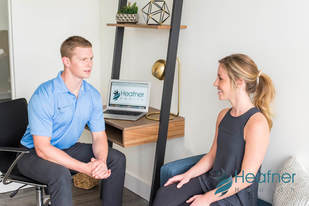
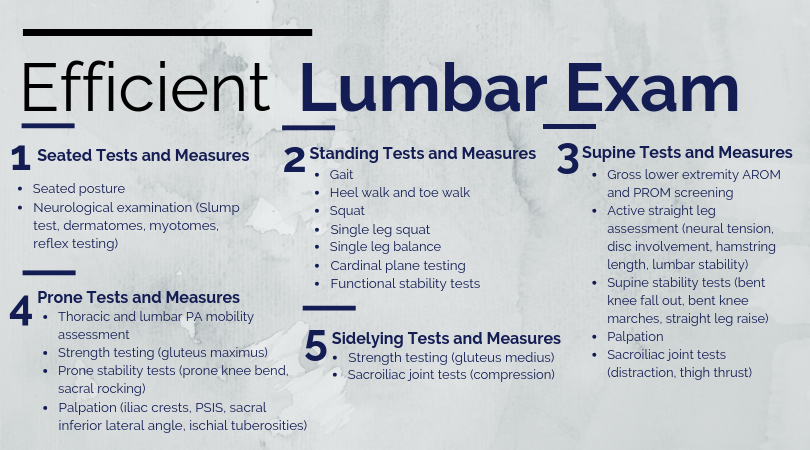
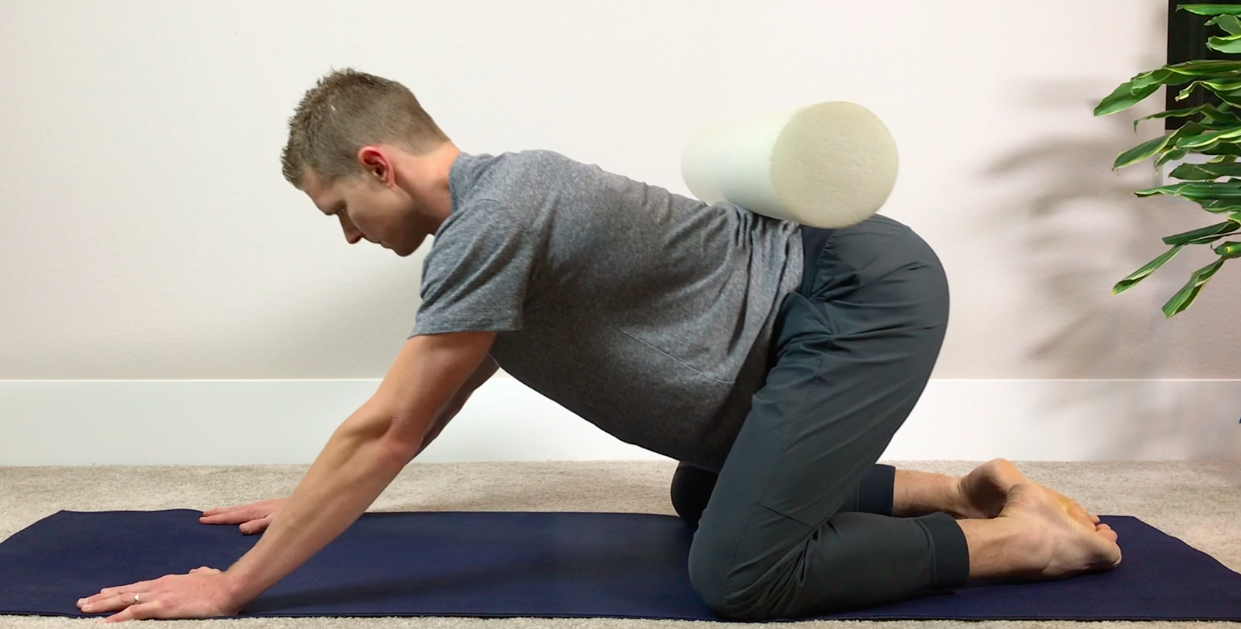
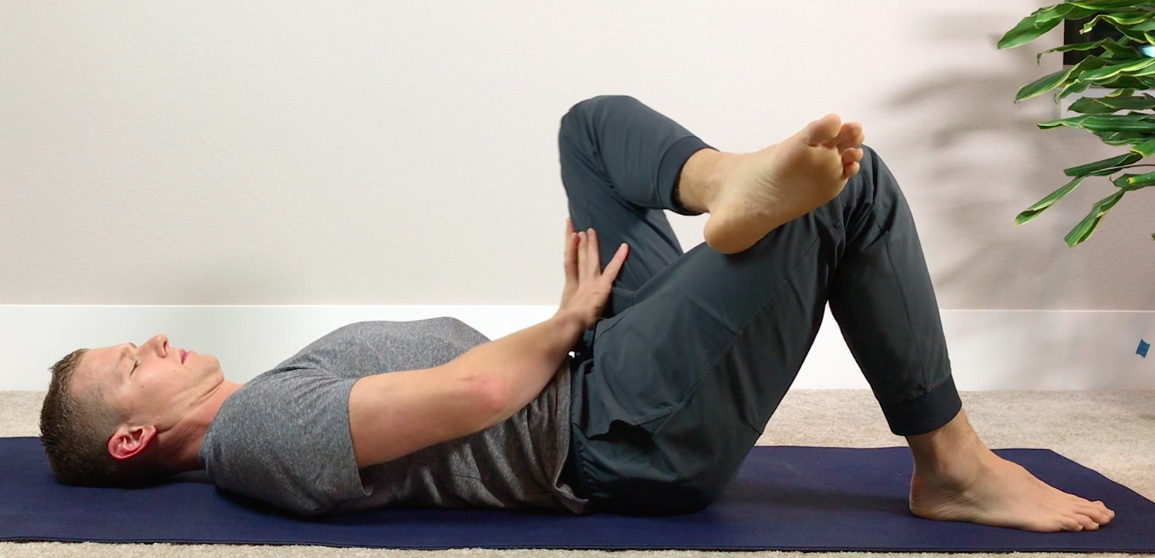
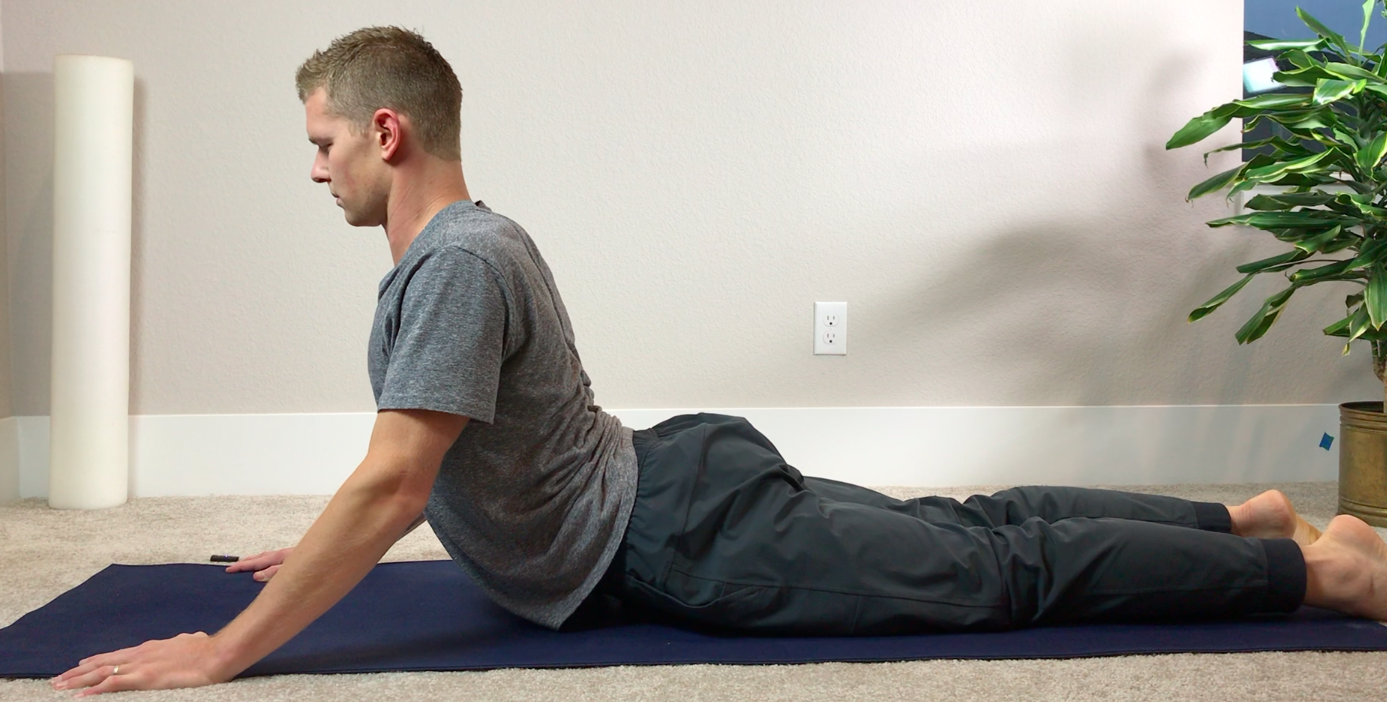
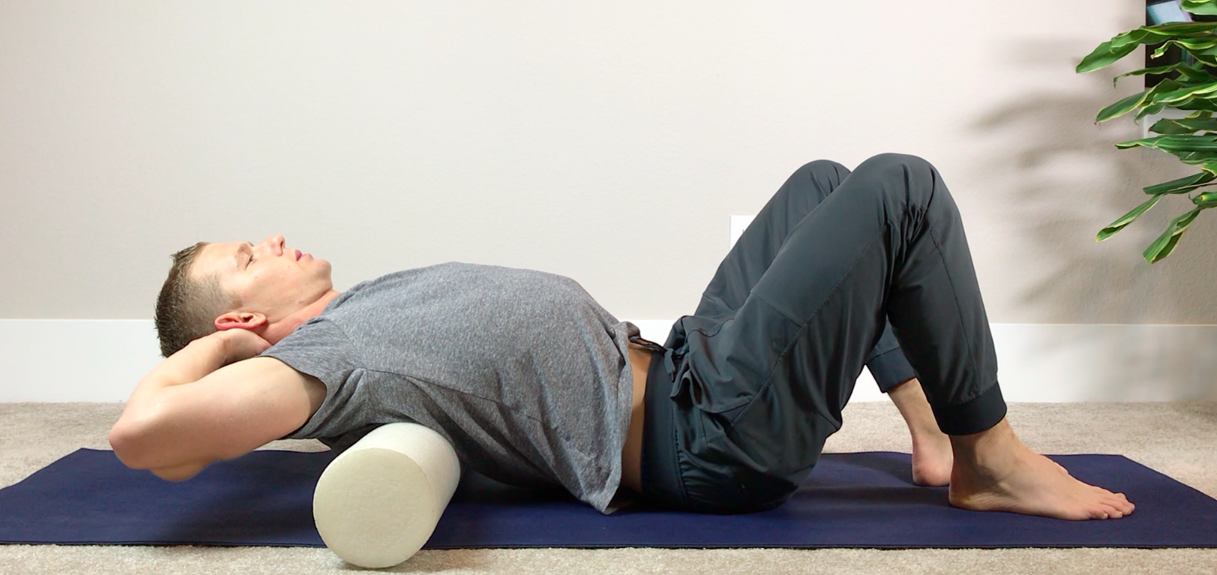





 RSS Feed
RSS Feed